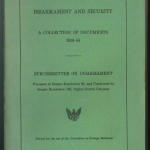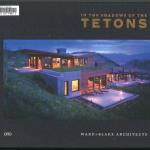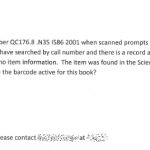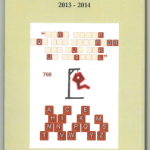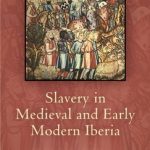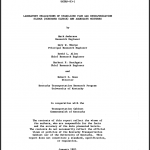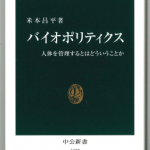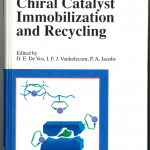Disarmament and security; a collection of documents, 1919-55. (OCLC #3122480)
A correctly formatted SuDoc number as it appears in a bibliographic record may differ slightly from the way it is written on the actual piece. The SuDoc number for this piece (as verified in the Monthly Catalog) is:
Y 4.F 76/2:D 63/2/919-55
Numbers in the label that are in superscripts appear after slashes in the formatted number. Also, it is common for a year in the 1900s to be actually written out on the piece, but only have the last three digits in the SuDoc number, such as this SuDoc number for a 1975 document:
Y 4.F 76/2:L 52/975
This particular piece has a date range on the label 1919-55 (meaning 1919–1955, for fans of ISO 8601) which has been encoded in its SuDoc number as /919-55.
